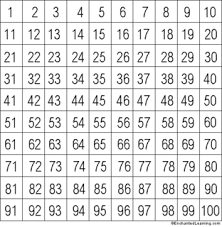A lot of my posts have been in and around how you can get people to change their behaviour. In particular, how can you get people to act in a way that is more ‘sustainable’. To me this usually means buying less stuff or eating less meat. I’ve been thinking about trying to solve this from an advertising or communications perspective because that’s where my (work) experience lies. However, I’ve come to realise that thinking of the issue of sustainability through the lens of advertising is this is far too simplistic.
This is because advertising, on the whole, works by trying to encourage you to choose a brand when you are already thinking about buying that category. So, feel like a pint? Choose Stella over the others for these reasons. Need to buy some washing powder? Then this is why Ariel is the one to buy.
(I know this is a gross over simplication, but when you think about a lot of categories, it’s true – all FMCG, fashion, health and beauty, car insurance etc etc).
So, advertising is typically short form (from posters up to 30′ TV ads) which is proven (sometimes) to encourage people to buy more of a particular brand. The important thing however is how much of the work the consumer has already done for the advertiser. For example, the consumer is typically a) in a ‘consuming’ mindset – they have money in their pocket b) are in the environment (e.g. shop or online) where you are available c) are in the mood to buy from the category (e.g. after work in the pub, or in the supermarket doing the weekly shop). As a result, all the advertising has to do is to tip people to buy your brand rather than the competitor, which are likely to be next to them. It’s pretty simple job really.
Now consider that against communications to try and get people to buy less. This is going to be far more difficult because it’s about reversing the ‘consuming mindset’. To get people to consider whether or not they actually need to buy what they are thinking of buying in the first place. It’s about getting people to value the value of ‘stuff’ and what role it plays in their lives. As a result, it’s about consumerism and meaning and what’s important etc etc. To do this is huge task that’s going to take a lot more communication than a 30′ ad or a poster. So, how long does it take to think like this?
 Not 30′, more like a year, I reckon. This is because that’s how long it’s taken me. To change the way I think about shopping and eating meat – such that I’ve reduced both by a considerable amount. And I’ve been thinking about this a lot and talking to people about it a lot. Now, it might be possible to get people to do it quicker than me – I hope so and I guess that’s the challenge – but the recognition of the time frame it’s taken me has helped me frame the scale of the task that faces us all. It’s a big task.
Not 30′, more like a year, I reckon. This is because that’s how long it’s taken me. To change the way I think about shopping and eating meat – such that I’ve reduced both by a considerable amount. And I’ve been thinking about this a lot and talking to people about it a lot. Now, it might be possible to get people to do it quicker than me – I hope so and I guess that’s the challenge – but the recognition of the time frame it’s taken me has helped me frame the scale of the task that faces us all. It’s a big task.






